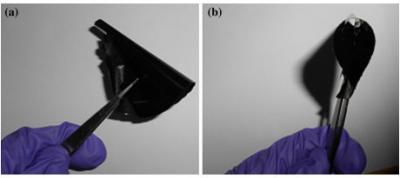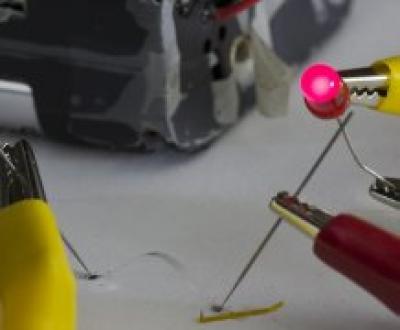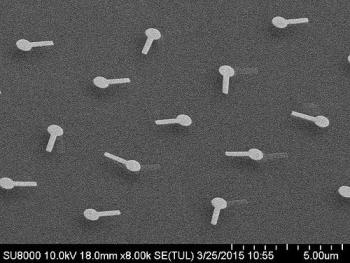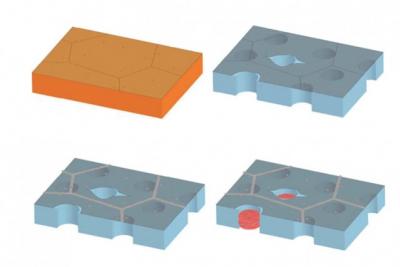New GO-enhanced composite material shows promise for marine applications
Researchers from the VIT University in India managed to synthesize and characterize unique graphene oxide reinforced composites (prepared by colloidal blending), with potential for benefiting applications like electronics with desired dielectric properties, such as embedded capacitors. The composite's excellent stability and anti-corrosive properties make it suitable for marine and naval applications.

The composite, referred to as PEDOT-TMA/PMMA/GO, were examined by various means, namely UVVis spectroscopy, X-ray diffraction, thermogravimetric analysis, Fourier transforms infrared spectroscopy, FT-Raman spectroscopy, atomic force microscopy (AFM) and scanning electron microscopy. It was demonstrated that the GO was homogeneously dispersed in the polymer matrix. An increase in surface roughness as a function of GO loading was also found, as well as a significant improvement in the thermal stability of composites. The composites show high values of dielectric constant and low values of dielectric loss.





